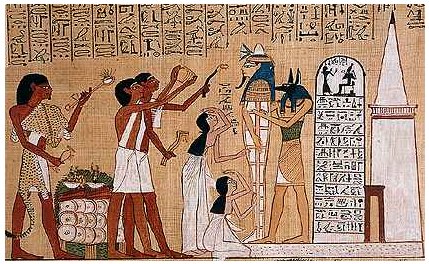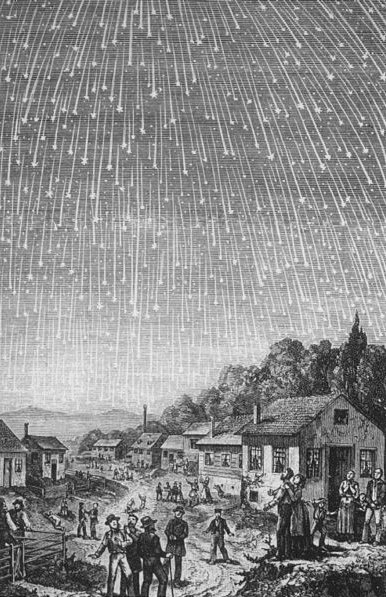Line Ca3 contains the last 6 of the kiore+henua glyphs on side a, and basically these 6 are different from the earlier pair (1 in line a1 and 1 in line a2) where henua has a curved form. The first glyph in line Ca3 corresponds to manzil day 361, a number which is 229 (= 365 - 136) larger than Gregorian day 132. This is 52 days beyond March 20 and Ca3-1 is glyph number 52 (= 132 - 80):
364 + 136 = 500. In Ca3-4 kiore and henua are united, a Sign which perhaps occurs when the end of a cycle merges with the beginning of the next cycle - here in midst of the small 'eyes' (mata riki) rising in the Pleiades 'net'. From the 'side' (al-genib) of Perseus there are 5 days to the Pleiades, which possibly is indicated in Metoro's suggestion to count (hia) to the net (kupega) - if I am reading him correctly:
There are 2 niu glyphs and there are 2 days needed for the Pleiades. The opening (vaha) of a new cycle - here at the beginning of the manzil calendar (Sheratan 1 = May 17) - is evidently accomplished with the aid of an adze (toki) or some other formidable tool of power:  The last manzil day (Alrescha 15) coincided with the heliacal rising of Atlas, who lifted up the heavens:
And in the C text there is a spearlike (pointed, ihe) and reversed 'red cloth' (tapa-mea). From May 16 there are 12 days to the same sign at left in the glyph (in the past), when Aldebaran (at the lower horn of Taurus) was rising heliacally (May 28). Nowadays the Bull is fair game and cheated by a piece of red cloth only to be speared:
A flow from above (right in Ca3-7) is originating from a point (hokohuki) at Menkhib (the 'shoulder' of Perseus). Possibly this is the origin of the subsequent birth (hanau) illustrated in May 20 at ν Tauri. This is 20 weeks counted from January 1:
"The Taurids of the 20th of November [day 324] radiate from a point north of, and preceding, this star [Aldebaran]. These meteors 'are slow, and fireballs occasionally appear among them'." (Allen) Thus twins (erua tamaiti) are evidently generated, first one in Sheratan 1 and then one 60 days from March 20. A pair of 'fruits' (hua, offspring) could perhaps be illustrated in Ca3-11. And then (after RA day 61 = 4h) there is a breakthrough (kotiga), where there is a 'door' in the Hyades:
A 3rd hanau is depicted in May 25 (5-25), the day when the main rongorongo calendar cycle evidently returns (hoki) to its 'heart' of origin. This is where Ain (Bull's Eye) was rising heliacally and this is where the Heart (σ) of the Scorpion was close to the full moon. This is also where the G text is beginning:
The new King (ariki) arrives in May 26 and a kava ceremony is necessary for his installation (at the end of Sheratan and 150 days from the beginning of the Gregorian year).
25 days after the heliacal rising of Algenib Persei in May 10 (130) was a day (June 4) which coincided with manzil day number 384 (= 13 * 29½ + ½):
The good times (te maitaki) have now arrived and Rogo is leaving, possibly with his dead head put up in a 'hat tree' (hata):
June 5 is Gregorian day 156, and 156 = 2 / 10 * 780. The synodic cycle of Mars (the 3rd and red planet of iron age war) is 780 days and 780 / 3 = 260. The retrograde (hoki a-muri) movement of Mars is spectacular, like that of a King navigating across the sea:
| ||||||||||||||||||||||||||||||||||||||||||||||||||||||||||||||||||||||||||||||||||||||||||||||||||||||||||||||||||||||||||||||||||||||||||||||||||||||||||||||||||||||||





















